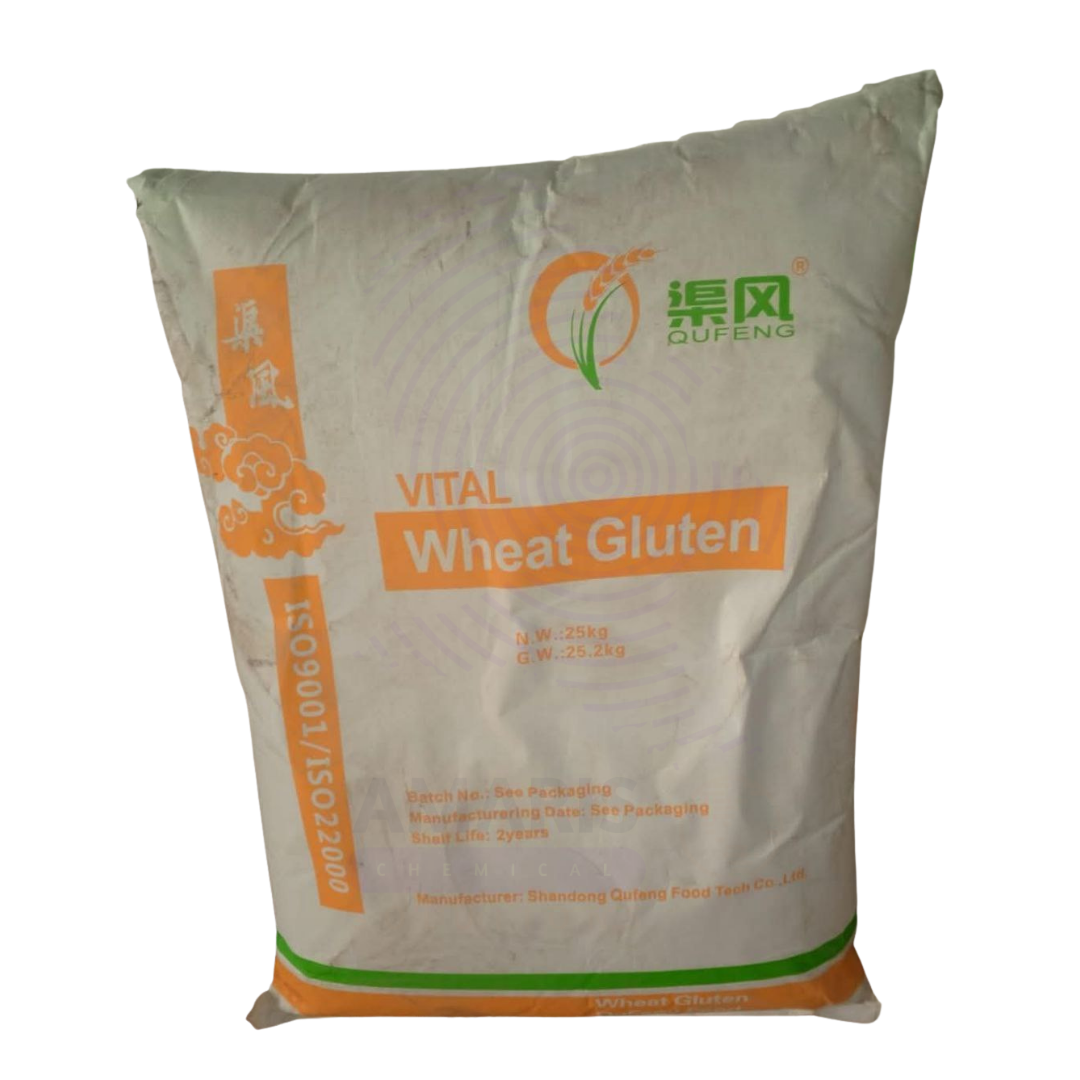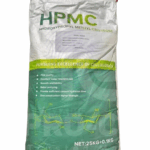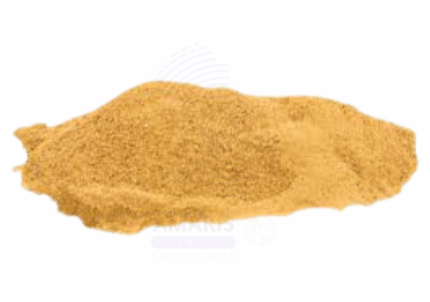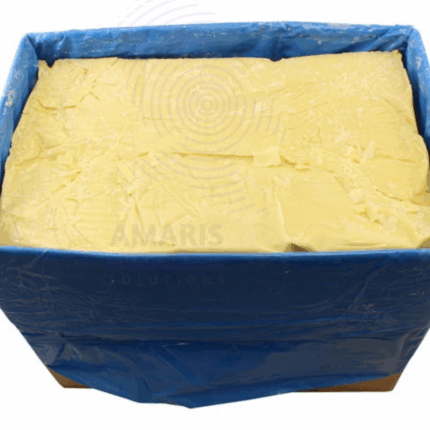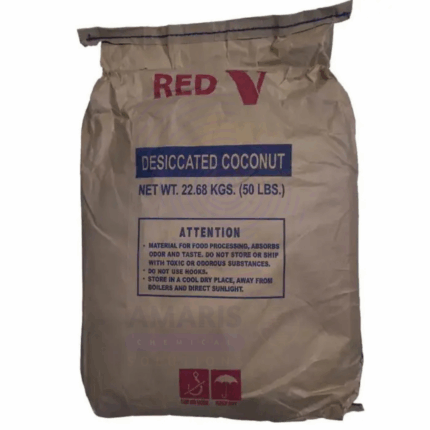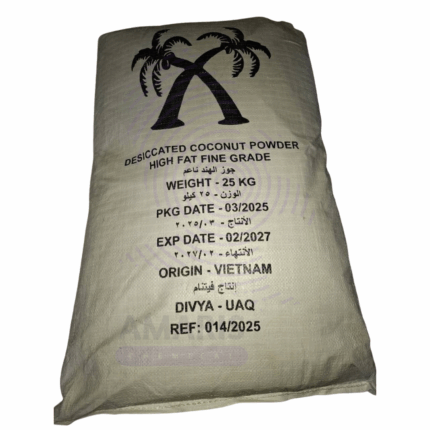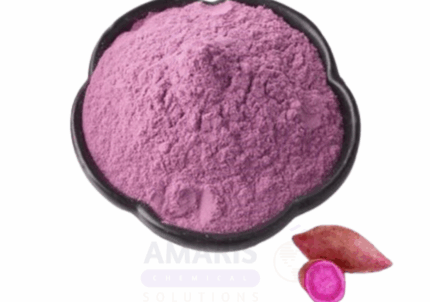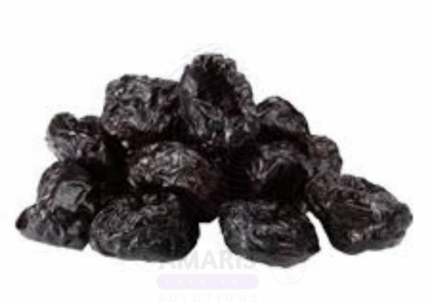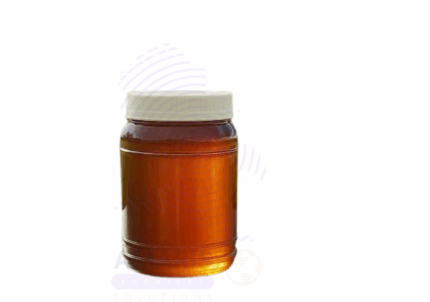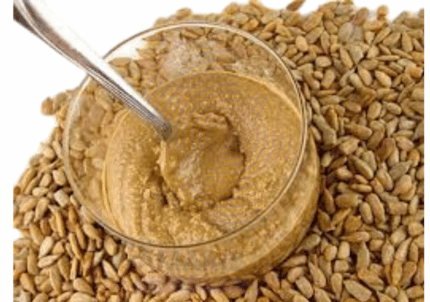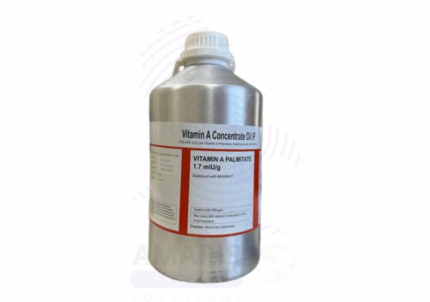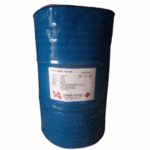
Hexane
$ 2.75 Original price was: $ 2.75.$ 2.66Current price is: $ 2.66.
High Gluten Wheat Flour
Whatsapp Order
High Gluten Wheat Flour is a finely milled powder derived from hard wheat varieties known for their high protein content, typically ranging from 12% to 14.5%. This flour has a superior gluten-forming capacity which imparts strong dough elasticity and excellent gas retention properties. It appears as an off-white to pale yellow powder with a neutral to slightly nutty aroma. High Gluten Wheat Flour is prized in baking industries and food manufacturing for producing products with enhanced chewiness, volume, and texture. It is essential for applications requiring strong dough structure and resilience.
Category: Nutraceutical Ingredients (food)
Tags: baking ingredients, bread flour, high gluten flour, wheat flour
Description
Table of Contents
Toggle
High Gluten Wheat Flour
Primary Uses
- Bakery Industry
- Used extensively for making bread, especially artisan breads, bagels, and pizza doughs where high gluten strength improves volume and chewiness.
- Ideal for buns, rolls, and sandwich breads requiring robust structure and uniform crumb.
- Applied in flatbreads and pita bread formulations for elasticity and softness.
- Used in croissants and puff pastries that require elastic dough for layering and rise.
- Snack Food Production
- Key ingredient in crackers and pretzels for crispness and bite.
- Used in making doughnuts and fried snacks that demand a chewy texture.
- Noodle and Pasta Manufacturing
- Employed in noodle and pasta products requiring firm texture and resistance to cooking loss.
- Industrial Food Processing
- Used as a binder and extender in meat products such as sausages and meat analogues.
- Functions as a thickening and stabilizing agent in sauces and gravies.
Secondary Uses
- Gluten Production
- Processed further to isolate vital wheat gluten for specialty baking and meat substitutes.
- Animal Feed
- Incorporated into high-protein animal feed formulations for livestock nutrition.
- Other Food Applications
- Used in batter mixes and coatings for fried foods to improve texture and adhesion.
KEY PRODUCT FEATURES
1. Basic Identification Attributes
- Chemical Name (IUPAC): Not applicable (complex carbohydrate/protein)
- Common/Trade Name: High Gluten Wheat Flour
- CAS Number: Not assigned (food ingredient)
- HS Code: 1101.00.00
- Source: Hard wheat varieties with high protein content
- Synonyms: High Protein Wheat Flour; Strong Flour; Bread Flour
2. Physical & Chemical Properties
- Physical State: Fine powder
- Color & Odor: Off-white to pale yellow; mild nutty odor
- Protein Content: 12–14.5%
- Gluten Content: High gluten-forming proteins
- Moisture Content: Typically 12–14%
- pH: Neutral to slightly acidic (approx. 6.0–6.8)
- Solubility: Insoluble in water; forms dough on hydration
3. Safety & Hazard Attributes
- GHS Classification: Food-grade; non-hazardous
- Toxicity: Non-toxic; safe for consumption
- Allergen Information: Contains gluten; not suitable for celiac or gluten-intolerant individuals
4. Storage & Handling Attributes
- Container Type: Food-grade sacks or bulk containers
- Storage Conditions: Store in cool, dry, and well-ventilated areas away from pests and moisture
- Shelf Life: 6–12 months under proper storage conditions
- Handling Notes: Minimize dust generation; use hygienic handling practices
5. Regulatory & Compliance Attributes
- Complies with FDA, EFSA, and Codex Alimentarius food standards
- Meets relevant purity and microbiological standards for human consumption
6. Environmental & Health Impact
- Biodegradability: Fully biodegradable and compostable
- Ecotoxicity: Low
- Carcinogenicity/Mutagenicity: Not applicable
SAFETY HANDLING PRECAUTIONS
Safety Handling Precautions
- PPE Required: Dust mask recommended during bulk handling to avoid inhalation
- Handling Guidelines: Avoid dust accumulation and inhalation; maintain clean work environment
- Hygiene Practices: Wash hands before and after handling
First Aid Measures
- Inhalation: Move to fresh air if respiratory irritation occurs
- Skin Contact: Wash with soap and water if irritation develops
- Eye Contact: Flush with water if dust causes irritation
- Ingestion: Safe for consumption; seek medical help only in case of allergic reaction
Firefighting Measures
- Fire Hazards: Combustible dust; risk of dust explosion in confined spaces
- Extinguishing Media: Use water spray, foam, or dry chemical
- Special Precautions: Avoid dust cloud formation; use explosion-proof equipment
Related products
Apricot Powder
Apricot powder is a dehydrated, finely ground form of apricot fruit, retaining much of the natural flavor, aroma, and nutritional properties of fresh apricots. It is typically made by drying fresh apricots through spray drying, freeze drying, or drum drying, then milling into a fine powder. Apricot powder is rich in vitamins, minerals, dietary fiber, and antioxidants such as beta-carotene and vitamin C. It is widely used as a natural flavoring agent, colorant, and nutritional supplement in food and beverage products, as well as in cosmetics and dietary supplements. Its convenient powdered form allows for easy incorporation into dry mixes and processed goods without the perishability of fresh fruit.
Cocoa Butter
Cocoa Butter, also known as Theobroma oil, is a pale-yellow, edible fat extracted from cocoa beans, primarily from Theobroma cacao. It has a smooth, creamy texture and a mild, characteristic chocolate aroma. Cocoa Butter is solid at room temperature but melts near body temperature, which gives it a luxurious feel when applied to skin or consumed. It is highly valued for its emollient, moisturizing, and protective properties. Cocoa Butter is widely used in cosmetics, pharmaceuticals, food, and confectionery industries. Its stable composition rich in fatty acids such as stearic, palmitic, and oleic acids imparts excellent oxidative stability and a long shelf life.
Desiccated Coconut
Desiccated Coconut is finely shredded, dried coconut meat derived from mature coconuts (Cocos nucifera). It is produced by removing the coconut water, then drying the white coconut kernel to reduce moisture content to less than 3%. The drying process preserves the natural flavor, aroma, and nutritional content while extending shelf life. Desiccated coconut is commonly available in various particle sizes and grades, suitable for culinary, bakery, confectionery, and food processing applications. It is valued for its rich texture, nutty flavor, and ability to add moisture and fat to food products.
Natural Sweet Potatoes Extract
Natural Sweet Potatoes Extract is a concentrated substance derived from the roots of sweet potatoes (Ipomoea batatas) through processes such as solvent extraction, freeze-drying, or spray drying. Rich in antioxidants, vitamins (especially vitamin A and C), minerals, and natural pigments like beta-carotene and anthocyanins, this extract is valued for its nutritional benefits and vibrant natural color. It is widely used in food, beverage, nutraceutical, cosmetic, and pharmaceutical applications for its health-promoting and coloring properties.
Prunes
Prunes are dried plums that serve as a natural source of dietary fiber, vitamins, and antioxidants. They are widely used in food products and snacks to provide natural sweetness, improve digestive health, and enhance nutritional value. Supplied in bulk 5 kg packaging, prunes are ideal for commercial and industrial food applications.
Pure Honey
Pure Honey is a natural sweetener produced by honeybees from the nectar of flowers. It is a viscous, golden liquid known for its sweetness, flavor complexity, and natural preservative qualities. Packed in 30kg jerrycans for bulk supply, pure honey is widely used in food, pharmaceutical, and cosmetic industries due to its nutritional benefits, antimicrobial properties, and versatility.
Sunflower Butter
Sunflower Butter is a creamy spread made from roasted sunflower seeds, offering a nutritious and allergen-friendly alternative to traditional nut butters. It is rich in healthy fats, protein, vitamins, and minerals, making it a popular choice for health-conscious consumers. Sunflower Butter has a mild, slightly nutty flavor and smooth texture, suitable for direct consumption or incorporation into various food products.
Vitamin A Palmitate
Vitamin A Palmitate is a highly concentrated, stable ester form of vitamin A used extensively in pharmaceuticals, nutraceuticals, cosmetics, and food fortification. This fat-soluble vitamin supports vision, immune function, skin health, and cellular growth. The palmitate ester enhances stability and shelf life, making it ideal for incorporation into powders, capsules, and topical formulations requiring precise dosing.


 Preservatives(food)
Preservatives(food) Flavor Enhancers
Flavor Enhancers Acidulants
Acidulants Sweeteners
Sweeteners Antioxidants
Antioxidants Colorants(food)
Colorants(food) Nutraceutical Ingredients (food)
Nutraceutical Ingredients (food) Nutrient Supplements
Nutrient Supplements Emulsifiers
Emulsifiers
 Collectors
Collectors Dust Suppressants
Dust Suppressants Explosives and Blasting Agents
Explosives and Blasting Agents Flocculants and Coagulants
Flocculants and Coagulants Frothers
Frothers Leaching Agents
Leaching Agents pH Modifiers
pH Modifiers Precious Metal Extraction Agents
Precious Metal Extraction Agents
 Antioxidants(plastic)
Antioxidants(plastic) Colorants (Pigments, Dyes)
Colorants (Pigments, Dyes) Fillers and Reinforcements
Fillers and Reinforcements Flame Retardants
Flame Retardants Monomers
Monomers Plasticizers
Plasticizers Polymerization Initiators
Polymerization Initiators Stabilizers (UV, Heat)
Stabilizers (UV, Heat)
 Antifoaming Agents
Antifoaming Agents Chelating Agents
Chelating Agents Coagulants and Flocculants
Coagulants and Flocculants Corrosion Inhibitors
Corrosion Inhibitors Disinfectants and Biocides
Disinfectants and Biocides Oxidizing Agents
Oxidizing Agents pH Adjusters
pH Adjusters Scale Inhibitors( water)
Scale Inhibitors( water)
 Antioxidants(cosmetic)
Antioxidants(cosmetic) Emollients
Emollients Fragrances and Essential Oils
Fragrances and Essential Oils Humectants
Humectants Preservatives
Preservatives Surfactants(cosmetic)
Surfactants(cosmetic) Thickeners
Thickeners UV Filters
UV Filters
 Fertilizers
Fertilizers Soil Conditioners
Soil Conditioners Plant Growth Regulators
Plant Growth Regulators Animal Feed Additives
Animal Feed Additives Biostimulants
Biostimulants Pesticides (Herbicides, Insecticides, Fungicides)
Pesticides (Herbicides, Insecticides, Fungicides)
 Active Pharmaceutical Ingredients (APIs)
Active Pharmaceutical Ingredients (APIs) Excipients
Excipients Solvents(pharmaceutical)
Solvents(pharmaceutical) Antibiotics
Antibiotics Antiseptics and Disinfectants
Antiseptics and Disinfectants Vaccine Adjuvants
Vaccine Adjuvants Nutraceutical Ingredients (pharmaceutical)
Nutraceutical Ingredients (pharmaceutical) Analgesics & Antipyretics
Analgesics & Antipyretics
 Analytical Reagents
Analytical Reagents Solvents(lab)
Solvents(lab) Chromatography Chemicals
Chromatography Chemicals Spectroscopy Reagents
Spectroscopy Reagents microbiology-and-cell-culture-reagents
microbiology-and-cell-culture-reagents Molecular Biology Reagents
Molecular Biology Reagents Biochemical Reagents
Biochemical Reagents Inorganic and Organic Standards
Inorganic and Organic Standards Laboratory Safety Chemicals
Laboratory Safety Chemicals Specialty Laboratory Chemicals(Special Laboratory Equipment)
Specialty Laboratory Chemicals(Special Laboratory Equipment)
 Demulsifiers
Demulsifiers Hydraulic Fracturing Fluids
Hydraulic Fracturing Fluids Scale Inhibitors(oil)
Scale Inhibitors(oil) Surfactants(oil)
Surfactants(oil) Drilling Fluids
Drilling Fluids
 Dyes and Pigments
Dyes and Pigments Bleaching Agents
Bleaching Agents Softening Agents
Softening Agents Finishing Agents
Finishing Agents Antistatic Agents
Antistatic Agents
 Admixtures
Admixtures Waterproofing Agents
Waterproofing Agents Sealants and Adhesives
Sealants and Adhesives Curing Compounds
Curing Compounds Concrete Repair Chemicals
Concrete Repair Chemicals Anti-Corrosion Coatings
Anti-Corrosion Coatings
 Surfactants(cleaning)
Surfactants(cleaning) Builders
Builders Enzymes
Enzymes Solvents (Cleaning)
Solvents (Cleaning) Fragrances
Fragrances
 Electronic Chemicals
Electronic Chemicals Catalysts
Catalysts Lubricants
Lubricants Photographic Chemicals
Photographic Chemicals Refrigerants
Refrigerants Automotive chemicals
Automotive chemicals Pyrotechnic Chemicals
Pyrotechnic Chemicals
 Biodegradable Surfactants
Biodegradable Surfactants Bio-based Solvents
Bio-based Solvents Renewable Polymers
Renewable Polymers Carbon Capture Chemicals
Carbon Capture Chemicals Wastewater Treatment Chemicals
Wastewater Treatment Chemicals
 Pigments
Pigments Solvents(paint)
Solvents(paint) Specialty Coatings
Specialty Coatings Binders/Resins
Binders/Resins Additives
Additives Driers
Driers Anti-Corrosion Agents
Anti-Corrosion Agents Functional Coatings
Functional Coatings Application-Specific Coatings
Application-Specific Coatings
 Fresh Herbs
Fresh Herbs Ground Spices
Ground Spices Whole Spices
Whole Spices Spice Blends
Spice Blends Dried Herbs
Dried Herbs
 Leavening Agents
Leavening Agents Dough Conditioners
Dough Conditioners Flour Treatments
Flour Treatments Fat Replacers
Fat Replacers Decoratives
Decoratives Preservatives(baking)
Preservatives(baking)
 Plasticizers & Softeners
Plasticizers & Softeners Reinforcing Agents
Reinforcing Agents Adhesion Promoters
Adhesion Promoters Vulcanizing Agents
Vulcanizing Agents Antidegradants
Antidegradants Blowing Agents
Blowing Agents Fillers & Extenders
Fillers & Extenders Accelerators & Retarders
Accelerators & Retarders